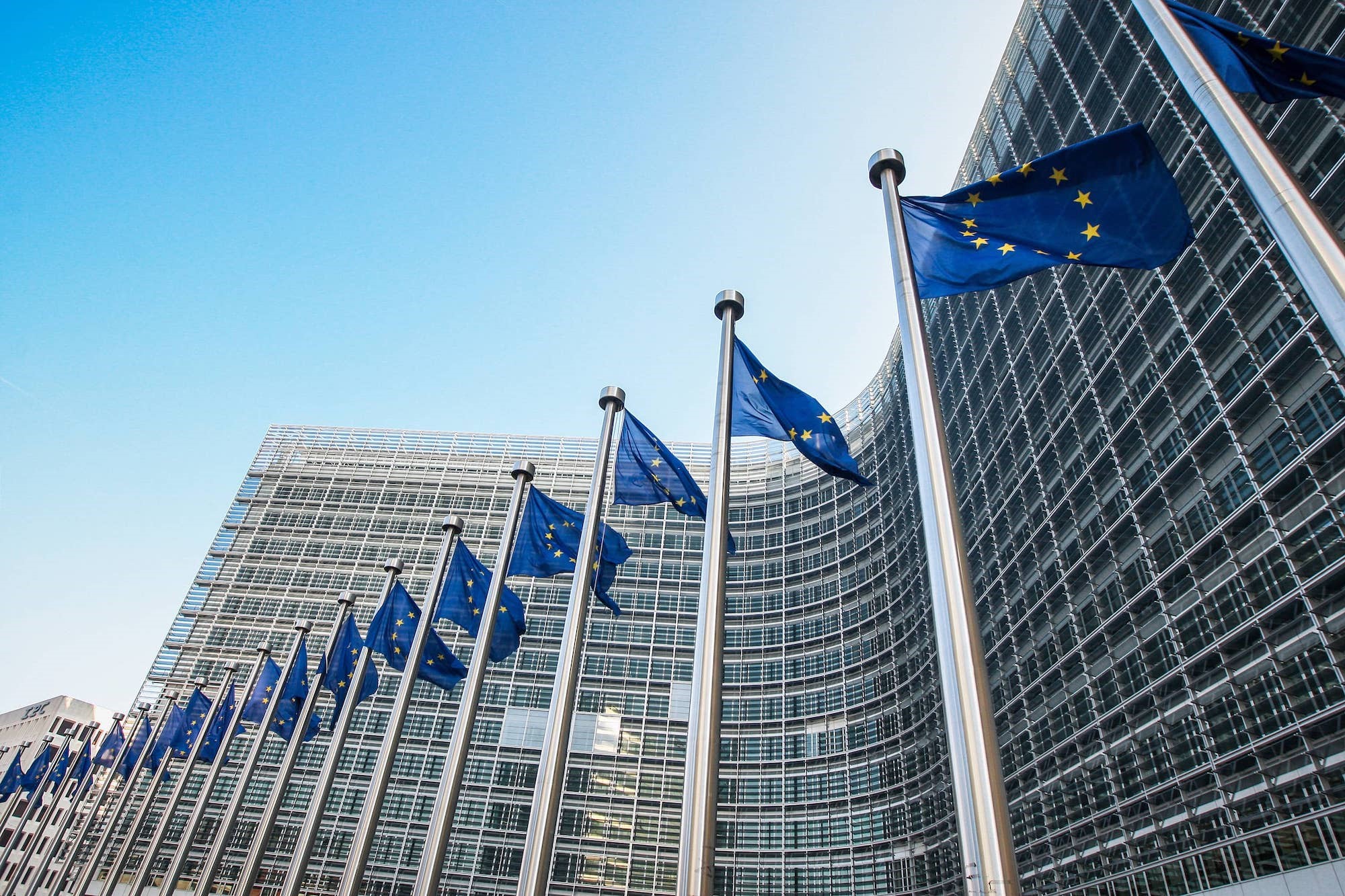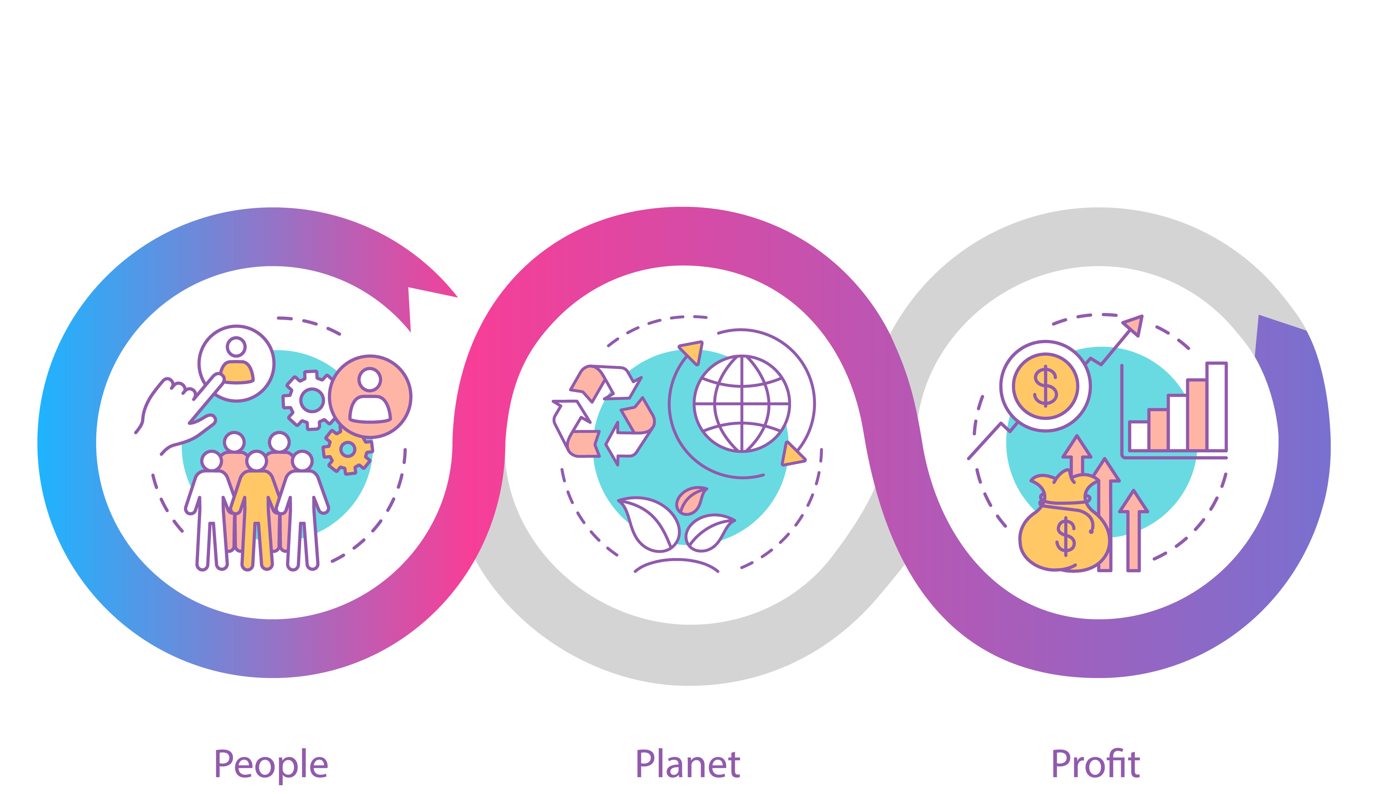
The state of the art of European legislation aimed at defining the legislative framework for sustainable investment is certainly the most advanced and defined in the global landscape at present.
Corporate Sustainability Reporting Directive (CSRD): new guidelines for sustainability reporting
The state of the art of European legislation aimed at defining the legislative framework for sustainable investment is certainly the most advanced and defined in the global landscape at present.
In the series of legislations that are part of the European Green Deal, inaugurated in 2018 and aimed at giving substance to the Paris Accords, the Corporate Sustainability Reporting Directive (CSRD), stands as a link between the financial market and companies, with the objective on the one hand to expand disclosure on ESG issues of Corporate and SME companies, while providing investors with detailed reporting on the activities financed.
To achieve this goal, in 2020 the CSRD is being published as a proposal and side-by-side with the regulations of Taxonomy and SFDR, primarily to make sure that the pool of companies required to report on sustainability issues is broadened, placing them alongside financial information in an integrated way.
The legislation, which is proposed as an overhaul of the pre-existing NFRD, has the stated goal of transforming the European Union into a "modern, competitive and resource-efficient economy, aiming to emit no more emissions by 2050."
For this to happen and for the necessary capital to be stimulated and channeled, the issue of implementing the existing reporting system regarding ESG issues, is central, to enable financial firms to comply with SFDR obligations and businesses to report on both dimensions of the business, financial side and ESG aspects.
The concept of "dual materiality" in sustainability reporting
With CSRD, in fact, the concept of "dual materiality" is introduced, calling companies to report on two dimensions, namely outside-in and inside-out, where if in the former the environmental and social factors affecting the business are considered, in the latter the aspects of the business and their impact in environmental, social and governance terms are considered.
To delineate impact reporting, in CSRD the role of the intangible elements of business and their reporting is innovatively placed at the center, accounting for the majority of private sector investments in advanced economies.
In fact, it is well known that the distinctive elements of innovative activities, are first and foremost based on business levers such as human capital, intellectual property, brand ownership and other business and commercial agreements and relationships, that form the company's assets and that it becomes increasingly important to be able to account for, especially from the perspective of ESG reporting.
Here is the challenge that the ESF factors of investments are being called upon to fulfill: to be the central key and point of contact for ESG disclosure and investment on intangibles.
In this regard and to get the various players in the financial markets to communicate with each other, after the CSRD proposal, the European Union asked EFRAG to develop draft sets to implement reporting on ESG issues, the first of which has been submitted and in consultation form until August 2022.
If a reporting set can be defined within the year as expected, from 2023 about 50,000 companies at the European level will have to report in terms of sustainability, providing financial markets with detailed information, on some very sensitive issues at the center of international debate, such as worker vulnerability and supply chain resilience.
What is the CSRD goal?
In defining the appropriate set of reports, the goal is not only to bridge the information gap between companies and the market, but also to reduce the cost of disclosure, a problem that together with some cultural barriers encourages companies to prefer poor reporting on ESG issues.
The challenge is precisely to make sustainability information comparable with financial information, through digital technologies, also opening up a new type of business that is expanding, based on the sale of software that incorporates methodologies for calculating ESG scores and ratings.
The impact assessment, conducted during the drafting of the CSRD proposal, brought to light the three areas the legislation focuses on, namely:
- standardization of sustainability information
- appropriate level of assurance or audit,
- expansion of the scope from 11,000 companies with a minimum of 500 employees under the NFRD to 50,000 companies in Europe, with a minimum of 250 employees (which are expected to report from fiscal year 2023).
In addition, the Commission proposes to extend the scope to listed SMEs, with the exception of listed microenterprises. For investor protection reasons, it is particularly important that investors have access to adequate sustainability information from listed companies.
Indeed, if listed SMEs do not report sustainability information, they may risk being excluded from investment portfolios. This risk is likely to grow as sustainability information becomes increasingly important to the financial system.
Corporate sustainability reporting directive: where do we stand?
The European Commission supporting the initiatives of the G20, G7, Financial Stability Board and others to generate an international commitment to develop a base of global sustainability reporting standards (as it wants to promote with CSRD), contributing to international sustainability reporting initiatives.
The preferred option as a reporting standard, to be defined by EFRAG is the best compromise between two possible courses of action. One is detailed and prescriptive reporting requirements, a strong assurance requirement, and a broad scope, among other things very effective in meeting the needs of investors, but certainly more costly for the companies drafting it.
The other viable route is less detailed reporting requirements, as well as less stringent assurance requirements and a narrower scope: this would be less effective in meeting the needs of the financial market, but would on the other hand also be less costly for drafters, at least in the short term.
The goal of CSRD and EFRAG is to achieve the best outcome by providing an appropriate set of reporting that is also suitable in terms of objectives and associated costs.
As soon as the reporting for ESG disclosure envisaged by CSRD is defined, the goal of the European Union is precisely to encompass all sustainability information in a single European access point, as envisaged in the "Capital Markets Union Action Plan," which will help align the needs of society and the productive fabric, with the medium - to long-term objectives pursued by financial partners through ESG investments.



